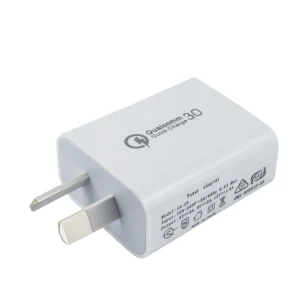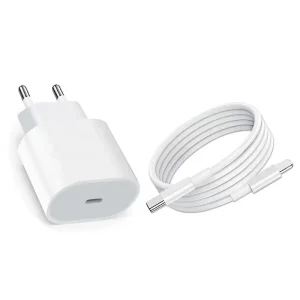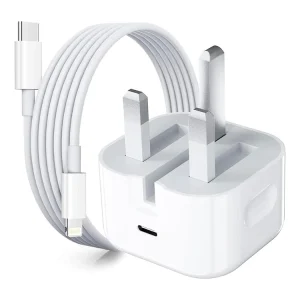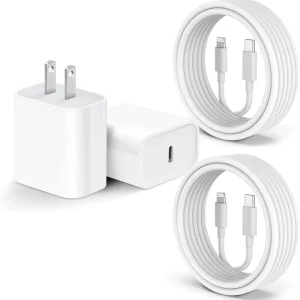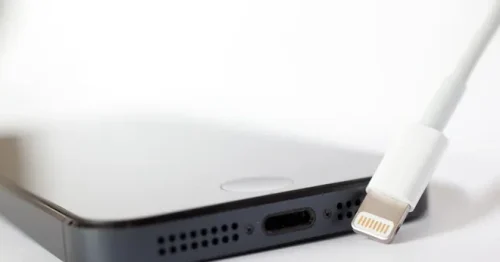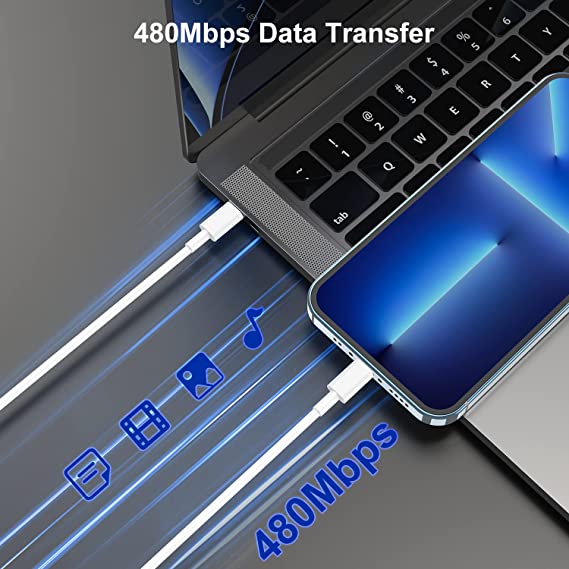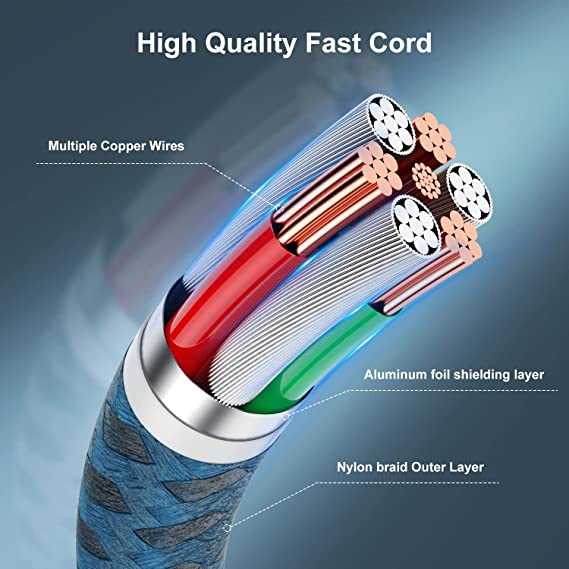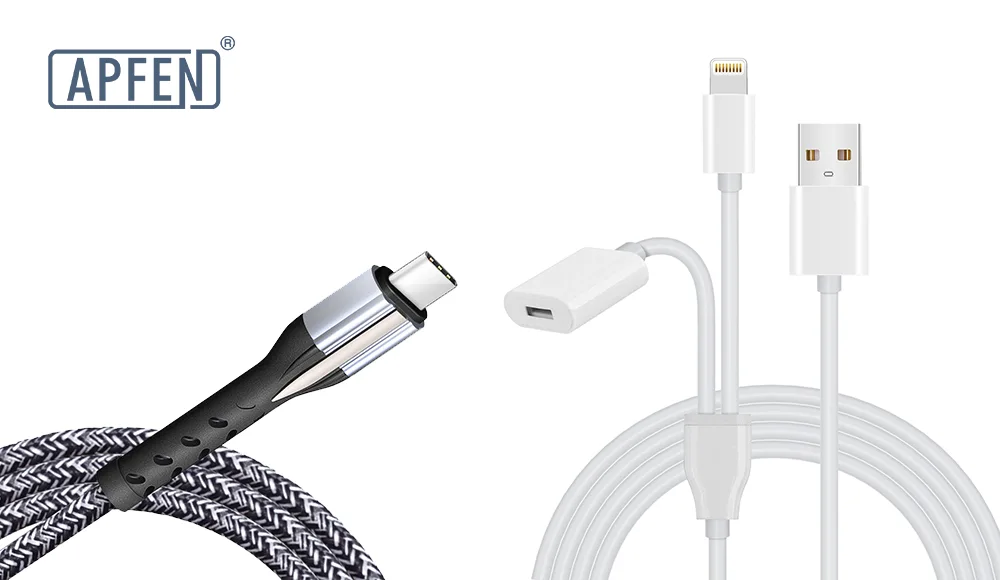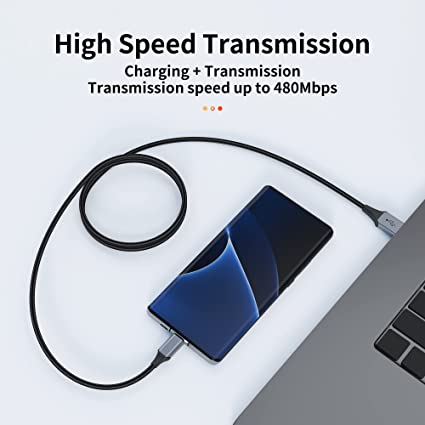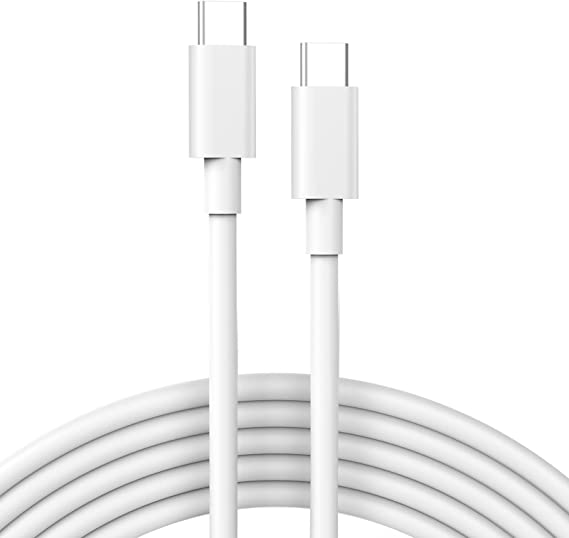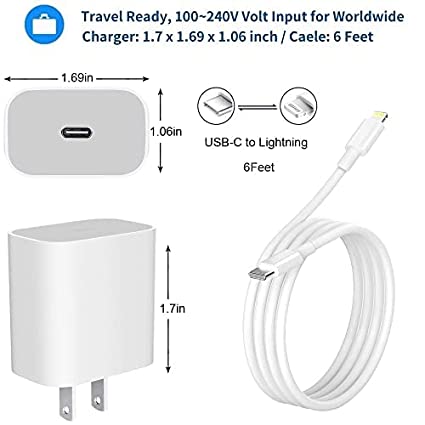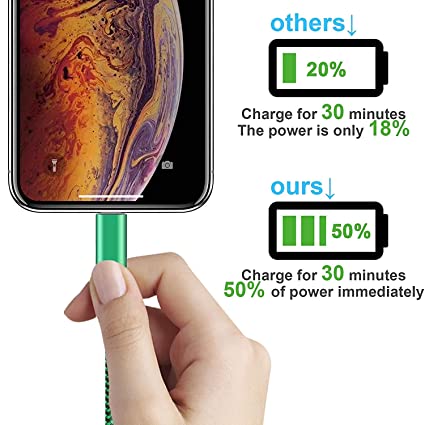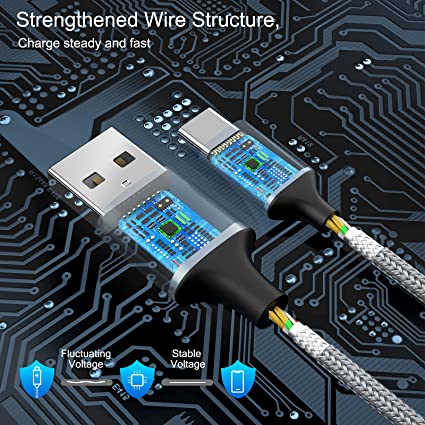I Need a Charger: What is the Right Charger Wattage for Fast Charging?
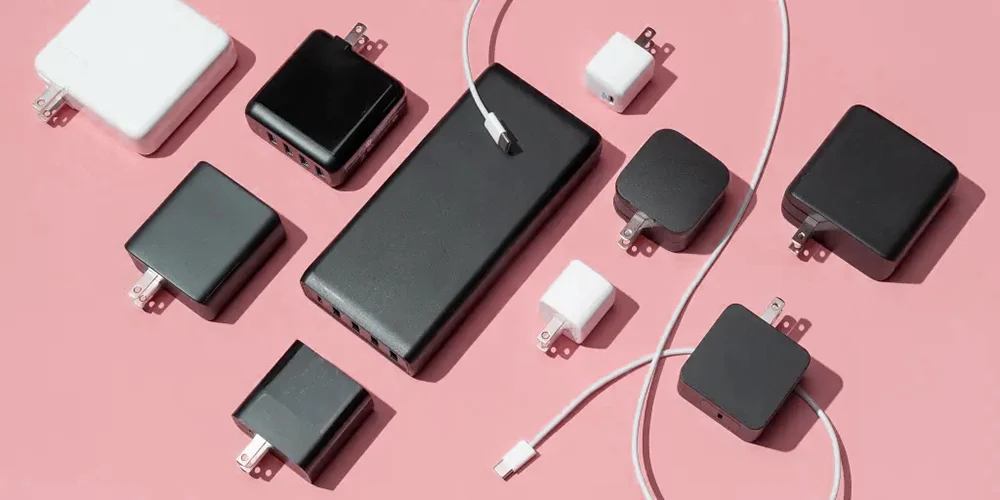
With the plethora of electronic devices in our daily lives, charging them efficiently and effectively has become essential. When it comes to purchasing a charger, determining the appropriate wattage is crucial. Finding the right charger for our electronic devices can sometimes be a daunting task.
With so many options available, it’s essential to understand the wattage requirements of your device to avoid damage or ineffective charging.In this article, we will guide you through the process of understanding how many watts of charger you need, ensuring that your devices receive optimal charging without any risks.
How Many Watts is a Mobile Phone Charger?
Have you ever wondered how many watts a mobile phone charger uses? It’s a common question among smartphone users who want to know more about the power consumption of their devices. Let’s explore the wattage of mobile phone chargers and provide answers to some frequently asked questions.
Low Wattage Chargers: 5-10W
Chargers with low wattage, typically ranging from 5 to 10 watts, are commonly included with new phone purchases. These chargers are suitable for basic charging needs and are often used for overnight charging or when time is not a constraint. They are reliable, pose minimal risk of overheating, and do not significantly impact the long-term health of the phone’s battery. However, they may take longer to fully recharge the phone’s battery.
Standard Wattage Chargers: 10-18W
Standard wattage chargers, ranging from 10 to 18 watts, are widely used by many people. They offer a good balance between charging speed and battery health. On average, these chargers can fully recharge a phone battery in approximately 1 to 2 hours, depending on the phone model and battery capacity. They are considered fast enough for daily use, and most phones support this wattage range without any issues.
Fast Charging and High Wattage Chargers: 18-65W
High-wattage chargers, often referred to as “fast chargers,” provide the fastest charging speeds available. These chargers are ideal when you need to quickly power up your device. Fast chargers vary widely in power, starting at 18W and going up to 65W for the latest iPhone models, while some Android phones can reach super-fast 120W fast charging. With fast chargers, you can typically achieve a significant percentage of charge (around 50-60%) in just 30 minutes.
The optimal phone charger wattage depends on the specific device and its charging capabilities. Generally, charger power can range from 18-65W, and some chargers even exceed 240W. However, most phones are compatible with fast charging technology, typically utilizing the USB-C standard, which allows for significantly faster charging speeds.
To determine the ideal wattage for your phone charger, it is important to check the charging protocol supported by your device. If you want to read more about different charging protocols, Click here to Read.
If your phone utilizes a proprietary charging method, it is recommended to use the charger provided or recommended by the manufacturer. It’s worth noting that using a higher-wattage charger will generally not harm your phone’s battery, but it may not necessarily charge your device any faster if it is not designed to support high-wattage charging.
If you are planning to buy some high quality Fast chargers then look no further than Apphone. We have a wide range of Fast chargers available for every type of device.
-
Fast Charger
AU plug 20W Power Adapter with PD cable fast charging for iPhone 14 13 12 11
Read moreRated 0 out of 5 -
Fast Charger
EU plug 20W Power Adapter with PD cable fast charging for iPhone 14 13 12 11
Read moreRated 0 out of 5 -
Fast Charger
UK plug 20W Power Adapter with C to lightning PD fast charging cable for iPhone 14 13 12 11
Read moreRated 0 out of 5 -
Fast Charger
US plug 20W Power Adapter with PD cable fast charging for iPhone 14 13 12 11
Read moreRated 0 out of 5
How Many Watts are iPad and Laptop Chargers?
Understanding the wattage of iPad and laptop chargers is essential to ensure that you are using the correct amount of power for your devices. In this section, we will explore the common wattages of iPad and laptop chargers, and how to choose the right one for your needs.
How Many Watts do iPad Chargers Typically Have?
For iPads and iPad Minis, a 20W Power Delivery fast charger is recommended. When it comes to charging iPad models, their larger batteries require a significant amount of time. However, using an iPad fast charger can help you save valuable charging time. This charger can charge your iPad up to 2 times faster compared to using a standard charger. If you have an iPad Pro or iPad Air, you can achieve even faster charging times with a 30W iPad Pro charger wattage. With this charger, a full charge can be achieved in just 2 hours, as opposed to the potential 10.5 hours it may take with a standard charger. It’s worth mentioning that you can also use the 30W fast charger with other iPad models or your iPhone without any harm, as the charger will not supply excessive power beyond what the device can handle.
You have the flexibility to use chargers from different brands for your iPad, not solely relying on Apple’s own iPad charger. The key consideration is to ensure that the charger’s cable has the appropriate connector that matches your iPad. Additionally, it is important to determine if you have a fast charger. Fast chargers typically feature an oval USB-C port, while regular chargers have a rectangular USB-A port. Using a fast charger wattage significantly reduces charging time, whereas without it, charging can take up to 11 hours. It’s worth noting that older USB-A cables may not be compatible with these fast chargers, so it’s important to ensure you have the appropriate cable for your charger.
Here is a quick overview of 20W, 30 W and normal charge time duration for an ipad charger wattage:
| Model iPad | Normal charger | 20W fast charger | 30W fast charger |
|---|---|---|---|
| iPad | 9 hours | 2.5 hours | n.a. |
| iPad Pro 11 inches | 8 hours | 2.5 hours | 2 hours |
| iPad Pro 12.9 inches | 10.5 hours | 2.5 hours | 2 hours |
| iPad Air | 8 hours | 2.5 hours | 2 hours |
| iPad Mini | 5.5 hours | 2 hours | n.a. |
How Many Watts is a Normal Laptop Charger?
Laptop chargers are vital for providing power to laptops by converting AC power from an electrical outlet into the required DC voltage. The laptop charger wattage indicates its power rating and determines how much power it can supply to the laptop. Using a charger with higher wattage can be beneficial for larger or more power-hungry laptops, while using a lower wattage charger may result in insufficient power supply and slower performance.
Standard wattage chargers typically range from 45W to 65W. 45W chargers are suitable for smaller and energy-efficient laptops, while 65W chargers are commonly used for mid-range laptops with moderate power consumption.
High wattage chargers, such as 90W or more, are designed for high-performance laptops, including gaming laptops and mobile workstations. These chargers provide the necessary power for demanding tasks and support components like powerful processors and dedicated graphics cards.
Laptop chargers are available in a range of wattages, typically falling between 40 and 150 watts. Smaller batteries may require chargers with a power draw of around 60 watts, while gaming laptops and other high-performance devices may have higher wattage requirements.
To check your laptop’s charging wattage, look at the original charger that came with the laptop. It will usually list its output in volts and amps. Multiply those two numbers together to get the wattage.
The optimal wattage for a laptop charger depends on the specific laptop’s power requirements. It is important to consult the manufacturer’s specifications or user manual to determine the recommended wattage. Using a charger with significantly higher wattage than required won’t harm the laptop but won’t decrease charging time either. Conversely, using a charger with lower wattage may result in slower charging or potential battery damage. Click to learn more about Macbook charging related knowledge.
How Many Watts is Considered Fast Charging?
Fast chargers come in various wattage options, ranging from 18 to 240 watts. Technologies like Quick Charge and the Qi standard enable these chargers to deliver quick charging speeds, allowing phones and laptops to charge within 30 minutes to an hour. It’s worth noting that any charger with a wattage exceeding 2.5 watts is considered fast charging.
The wattage of a dc fast charger depends on the device you’re charging and its specific requirements. Fast charging works by either increasing the amperage or varying the voltage to deliver more power to the device. USB chargers are typically rated at 5 volts, but for faster charging, the voltage is often bumped up to 9V, 12V, or higher, while amperage may be increased to 3A or more.
When selecting a USB charger, it’s important to ensure that it provides sufficient current to charge faster. Chargers are often labeled with signs such as 5V⎓3A, 9V⎓3A, indicating the voltage and current they can output. The output power is calculated by multiplying the voltage by the current. For example, 5V⎓3A results in an output power of 15W.
For iPhones and Android phones, fast charging typically requires a minimum of 18W. Higher wattage chargers can provide even faster charging, with the iPhone 12, for instance, benefiting from at least 20W for fast charging. It’s important to use a USB charger and cable that support fast charging to maximize its effectiveness.
Tablets, such as iPads and Galaxy Tabs,macbook pro charger wattage more power to charge due to their larger screens and additional features. Most tablets need at least 10W (5V⎓2A) to 12W (5V⎓2.4A) for charging, while some, like iPads, support fast charging up to 30W (5V⎓3A).
So we can say that the wattage of a fast charger varies depending on the device being charged. It’s crucial to match the charger’s wattage with your device’s requirements and use compatible cables for optimal fast charging performance. Click to learn more about fast charging principles and related standards.
Welcome to APPHONE! We specialize in high-efficiency and safe Fast Charger products. Our range includes USB C PD wall chargers up to 120W, QC 3.0 USB A car chargers up to 45W, and lightweight multi-port 65Gan charger adapters. With certifications like UL, CE, FCC, and RoHS, our products meet high-quality and safety standards. Experience fast and stable charging at home, office, or on the go. Contact us for innovative and customizable Fast Charger solutions.
How Many Watts of Charger Do I Need?
In the past, for most iPhones and Android phones, a 5-watt charger (5 volts x 1 amp) was enough to charge a single device. By analogy, if you need to charge two phones at the same time, you’ll need a 10W charger (5W X 2). Likewise, to charge three phones at the same time, you will need a 15W charger (5W X 3). It is important to match the power of the charger to the number of devices being charged to ensure efficient and effective charging.
However, as electronic devices charge more efficiently and there are more choices available, determining the right wattage for your specific device can be very confusing. Let’s explore the factors to consider when choosing a charger and give you some practical tips to help you make the right decision.
How does Wattage Affect Charging Speed?
The wattage of a phone charger plays a crucial role in determining the charging speed of your devices. Generally, higher wattage chargers can charge your devices faster compared to lower wattage ones. This is because the wattage represents the power output of the charger. The higher the wattage, the more power it can deliver to your device, resulting in faster charging.
Matching Wattage to Device Specifications.
To ensure optimal charging performance and to prevent any damage to your devices, it is essential to match the wattage of the charger with your device’s specifications. Most electronic devices, including smartphones, tablets, and laptops, come with a recommended wattage or power rating mentioned in their user manuals or on their chargers. It is crucial to pay attention to these recommendations to avoid any potential issues.
How to Determine the Wattage You Need?
What if I can’t determine the running or the starting watt requirement for a tool or appliance? If the running watts are not on the tool or appliance, you may estimate using the following equation: WATTS=VOLTS x AMPS.
Here are a few factors to consider when determining the wattage required for a charger:
- Device type and charging requirements.
Different devices have different charging requirements. For example, smartphones generally have lower wattage requirements compared to laptops or gaming consoles. Identify the wattage specifications for your specific device to ensure you choose a charger that meets those requirements. - Charging speed preferences.
If you prefer faster charging, especially for devices that support fast charging technology, look for a charger with higher wattage. This will ensure you can charge your devices quickly and efficiently, saving you valuable time. - Multiple device charging.
If you frequently charge multiple devices simultaneously, consider opting for a charger with multiple USB ports and higher total wattage. This will allow you to charge multiple devices at once without compromising on charging speed. - Future-proofing.
If you plan on upgrading your devices or purchasing new ones in the future, it is advisable to invest in a charger with higher wattage capabilities. This will ensure that your charger is compatible with a wide range of devices, eliminating the need for frequent upgrades.
Common wattage options and their uses
Here are some common wattage options and their typical uses:
- 5W: These chargers are suitable for basic devices like Bluetooth earphones and fitness trackers.
- 10W: Ideal for smartphones and smaller electronic devices.
- 15W: Suitable for tablets, e-readers, and certain laptops.
- 30W to 45W: Efficiently charges most laptops and gaming consoles.
- 60W to 100W: Provide efficient fast charging for high-end laptops.
- 120W to 240W: Since 2022, more and more laptops have begun to be equipped with USB-C interfaces and support PD fast charging. The USB IF organization has adjusted the power limit of USB PD fast charging to 240W, which means that such chargers and cables can serve 100W+ or even 200W+ gaming laptops and professional-grade power-consuming devices.
Can My Phone Be Used With A Higher Wattage Charger Than It Has?
It is safe to use a higher wattage charger for a compatible modern smartphone. Most modern smartphones have built-in charging circuits that regulate the amount of power they draw from the charger. The wattage of a charger represents its maximum power output, while the smartphone will only draw the power it requires.
Using a higher wattage charger may offer some advantages. It can potentially charge your smartphone faster, depending on factors such as charging technology and battery capacity. Additionally, a higher wattage charger provides compatibility with other devices that require more power.
However, using a lower wattage charger for a device that requires more power may result in slower charging times.
Overall, using a higher wattage charger for a compatible smartphone is safe and will not harm the device. The smartphone will only draw the power it needs. This means that you can typically use a higher-wattage phone charger without damaging your device, although there might be certain exceptions.It’s worth noting that using the original charger is generally recommended.
To determine the wattage of the charger you need, consider the charging requirements of your device. Check the device’s specifications or manufacturer’s recommendations to find the recommended wattage for optimal charging performance. In general, for fast charging smartphones, a charger with a minimum of 18W is recommended.
Selecting the right charger wattage is crucial for efficient charging. It ensures that your device receives the necessary power for faster charging speeds. For a wide range of high-quality fast chargers, we recommend APPHONE. Their innovative charging solutions and customizable options make them a trusted brand in the industry. Experience superior charging performance with APPHONE’s fast chargers.
How many watts do MacBook chargers typically have?
Generally, MacBook Pros necessitate higher wattage to achieve fast and efficient charging, typically ranging from 60W to 96W, depending on the specific model. Using a 30W charger may result in sluggish charging and may not provide sufficient power if the laptop is under heavy usage.
How many watts are considered as Fast Charger?
Typically, most iPhone and Android phones can be charged with a 5W (5V⎓1A) charger. However, if your mobile phone supports fast charging, whether it’s an iOS or Android device, you will need a charger with at least 18W wattage to enable fast charging. Higher wattage chargers can provide faster charging speeds. Additionally, high-performance smartphones often require higher wattage chargers to support fast charging.
How many watts is good for a charger?
The appropriate wattage for a charger depends on the device you are charging. Generally, higher wattage chargers (between 18W to 65W) are recommended for fast and efficient charging of smartphones, tablets, and laptops.
What is the optimal time to use a phone charger?
If you are enrolled in a time-of-use (TOU) rate plan, the cost of electricity varies throughout the day. Typically, it is more economical to use appliances during “off-peak” hours, which often occur overnight.
At the same time, don’t wait until the phone’s battery reaches 0% before charging. When the battery power reaches about 20%, it is a good time to charge. Doing so will help extend battery life.
How do I know how many watts of charger I need?
Chargers usually list their output in volts (V) and amps (A). To calculate wattage, simply multiply the voltage and current values. For example, if the charger outputs 19V and 3.42A, the wattage is approximately 65W (19V x 3.42A = 65.58W). Ensuring that the wattage meets or exceeds the original charger’s specifications is critical for optimal charging performance.
If your phone supports fast charging, whether it is iOS or Android, fast charging requires at least 18W wattage. For laptops, at least 45W is required. Higher wattage results in faster charging, and higher-performance phones require higher wattage to charge quickly.
What capacity battery is required to support a phone charger?
Most popular home batteries, such as the Tesla Powerwall or Generac PWRcell, have a power rating of 4 to 5 kW or higher, along with 10+ kWh of usable capacity. Since phone chargers consume around 5 W (0.005 kW) of power at any given time, a battery with such specifications would be more than sufficient to back up and power your phone charger.
How many solar panels are needed to operate a phone charger?
On average, phone chargers consume approximately 5 W of electricity while in use. With solar panels typically rated at around 350 W, a standard solar panel would easily provide enough power to operate a phone charger.
Is 5V 2.4A fast charging?
A charger with an output of 5V and 2.4A can provide relatively fast charging for many devices. This is commonly known as a standard charging rate. However, it may not be considered “fast charging” by today’s standards, as fast charging typically involves higher wattage chargers that can deliver more power to the device. If you are looking for faster charging speeds, you may want to consider a charger with higher wattage or look for devices that support fast charging technologies like Quick Charge or Power Delivery.
Is 20W fast charging?
Yes, 20W charging can be considered fast charging for many smartphones. It provides a higher power output compared to standard chargers, allowing for quicker charging times. However, the specific charging speed can vary depending on the device and its compatibility with fast charging technologies. Some smartphones may support even higher wattage charging for even faster charging speeds. It’s always recommended to check the device’s specifications or manufacturer’s recommendations to determine its fast charging capabilities.
Share This Artcle:

Fast delivery
Fastest delivery within 22 days

Quick proofing
Fastest 3-day proofing cycle

After-sale protection
24-month long warranty

1V1Customer Service
Professional customer service follow-up

